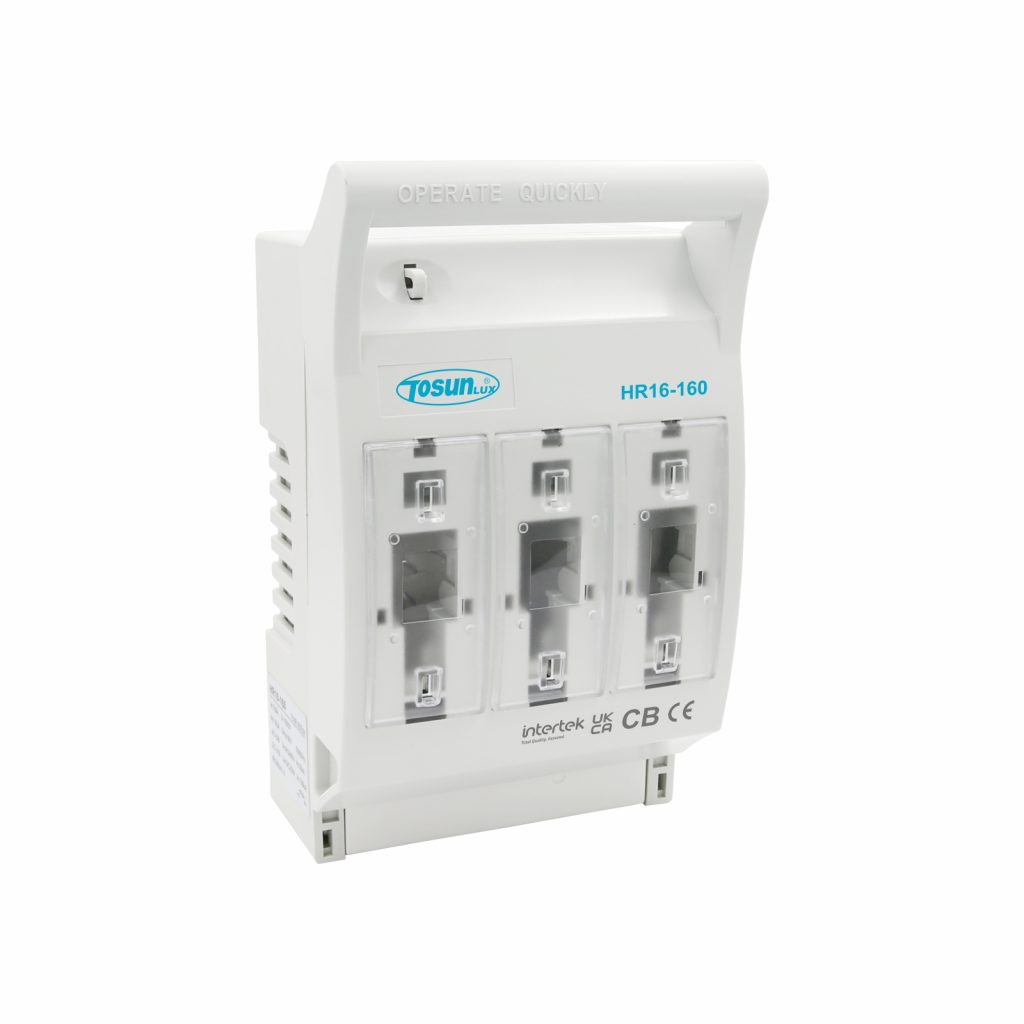How to Install and Maintain Fuse Switch Disconnectors
Table of Contents
ToggleFuse switch disconnectors provide reliable circuit protection and a visible break in electrical systems. When sized and installed correctly, these devices safely interrupt power flow to prevent damage from overloads or short circuits. Maintaining disconnectors properly is also key for continued safe operation.
- Follow manufacturer amperage ratings for proper sizing
- Use torque values for ideal conductor contacts
- Ensure the switch body remains tightly fastened
- Check fuse condition and replace blown elements
Let’s explore proper installation and maintenance best practices.
Installing Fuse Switch Disconnectors – Critical Steps
Here’s a quick guide on how to install a fuse switch disconnector:
- Selecting the Right Disconnector
Choosing the appropriately rated fuse switch disconnector is critical from both a safety and functionality standpoint. Check the amperage and voltage needs of the downstream circuit you’re looking to protect. Then, select a UL-listed disconnector device that meets or slightly exceeds those current and voltage parameters. This avoids dangerous underrating situations.
Higher interrupting capacity devices should be utilized for larger motors or more fault current present in the system. Any disconnector should open its contacts fully, visually confirming power interruption to the protected circuit.
Related Reading: How to Select Fuse Switch Disconnectors?
- Proper Mounting Guidelines
Once you’ve selected the right disconnector, mounting it securely is the next key step. The enclosure should be installed in an easily accessible location per NEC guidelines using the integrated mounting points or DIN rail attachments. This allows simple fuse inspection and replacement when necessary.
Tightening the enclosure bolts to the indicated torque specs ensures robust mounting. The box should not wiggle or shift at all once properly fastened. This prevents conductor disconnect issues or damage over time as personnel accesses the unit.
- Making Conductor Connections
Landing and terminating conductors at the disconnector follow standard connection practices. However, you must tighten lugs and connectors to the recommended torque levels to ensure optimal contact integrity and avoid hot spots. Over-tightening can damage hardware, while under-tightening poses overheating risks.
Double check connections by tugging lightly on wires to confirm solid mounting. This quick pull-test working back from the load verifies secure installation work. Once conductors are landed, close up and secure the disconnector enclosure so only qualified personnel can access the fuse switch interior.
Ongoing Protection and Maintenance
Installed fuse disconnectors provide years of reliable protection by visually confirming power status and opening contacts during overload conditions. But maintaining them properly ensures they deliver ongoing safe operation.
Periodically check the disconnect switch body for any loosened bolts or mounting points that could compromise electrical connections. Snug down any identified loose spots to indicate torque figures to avoid problems. Also, confirm enclosure gasketing remains intact. Replace worn or damaged gaskets that could admit moisture or debris over time.
Of course, inspect the fuse condition at least annually. Replace any corroded, overheated, or blown fuse elements with identical parts that match the original amp rating. Never install used fuses or substitute lower-rated parts. This risks dangerous failure to clear faults downstream.
Conclusion
By selecting the right disconnector, securely installing the enclosure, properly landing conductors, and maintaining the unit as needed, you can enjoy years of optimal circuit protection. Stay safe out there!
For specialty fuse switches, TOSUNlux stocks dozens of UL-listed disconnectors for fast shipment. Contact us with any protection needs!
Tel: +86-577-88671000
E-mail: ceo@tosun.com
Skype: tosunelectric
Wechat: +86-139 6881 9286
WhatsApp: +86-139 0587 7291
Address: Room No.1001 Wenzhou Fortune Center,Station Road, Wenzhou, China
REQUEST A QUOTE
WhatsApp us
 : +86-139 0587 7291
: +86-139 0587 7291 English
English Español
Español Русский
Русский Français
Français العربية
العربية Português do Brasil
Português do Brasil Українська
Українська Türkçe
Türkçe Polski
Polski Nederlands
Nederlands Italiano
Italiano Bahasa Indonesia
Bahasa Indonesia हिन्दी
हिन्दी اردو
اردو አማርኛ
አማርኛ Հայերեն
Հայերեն ไทย
ไทย Монгол
Монгол فارسی
فارسی Shqip
Shqip Ελληνικά
Ελληνικά



